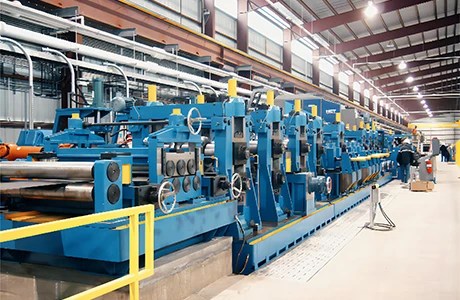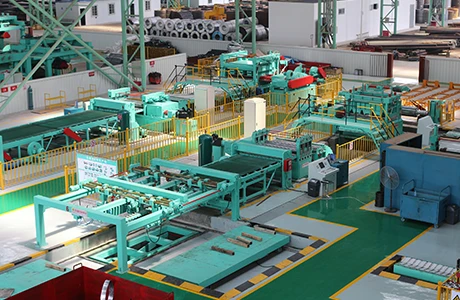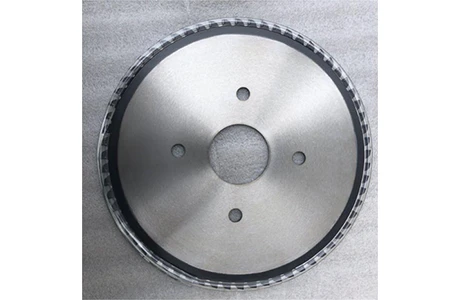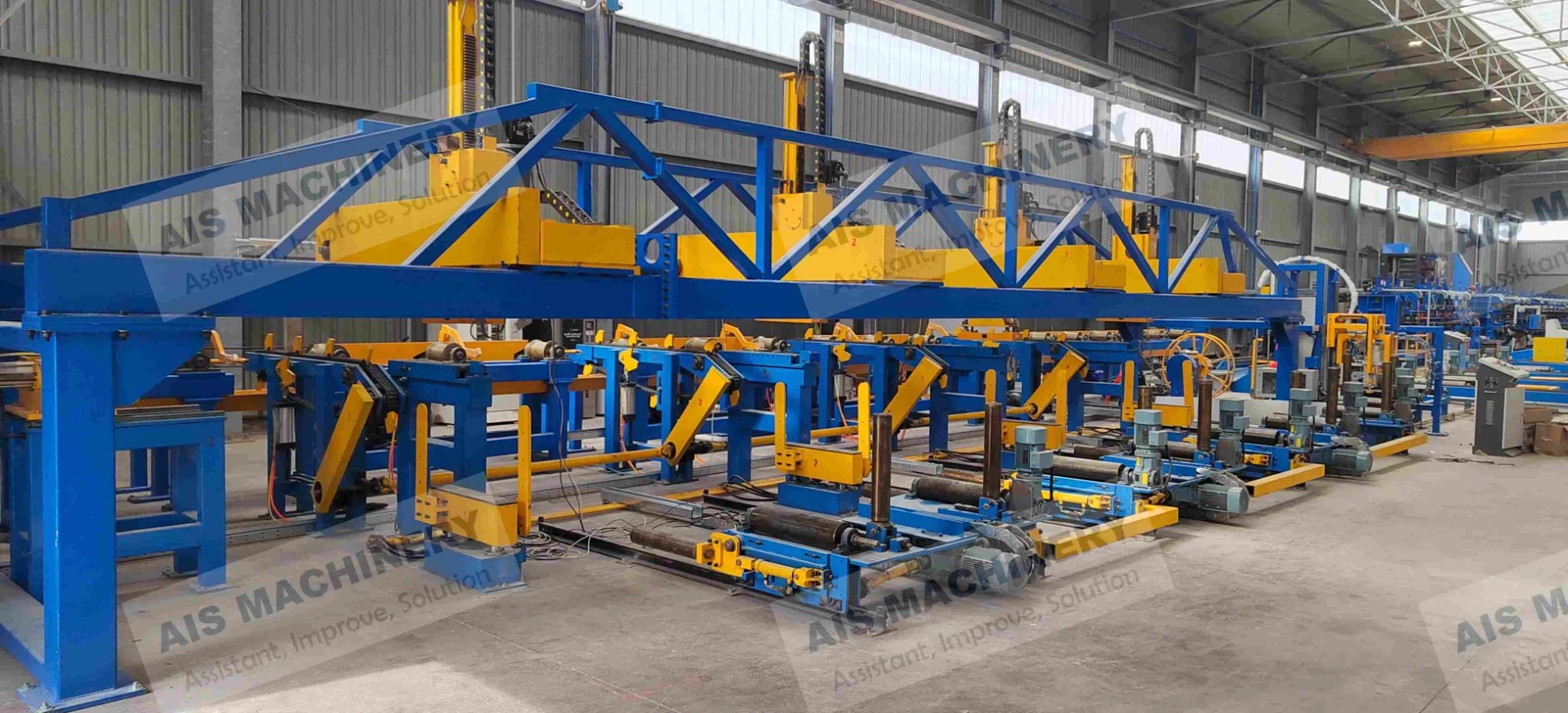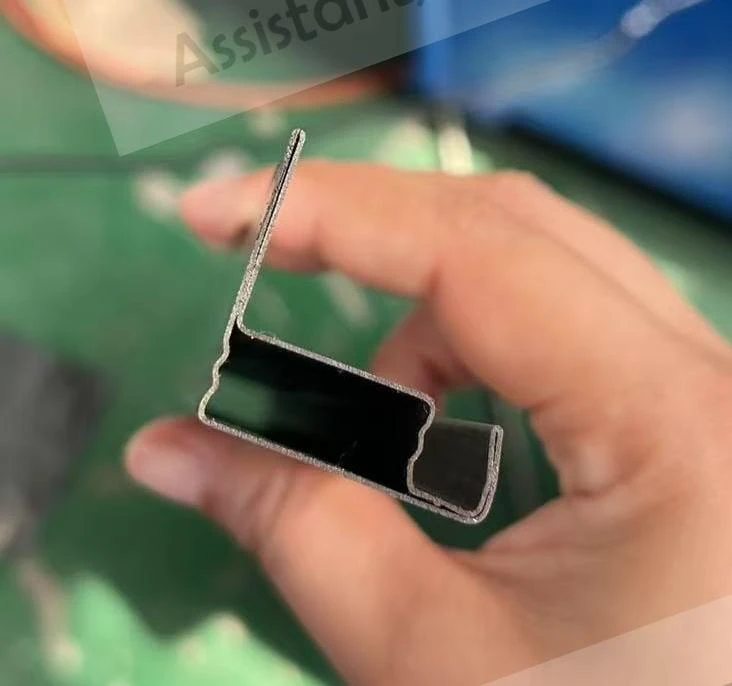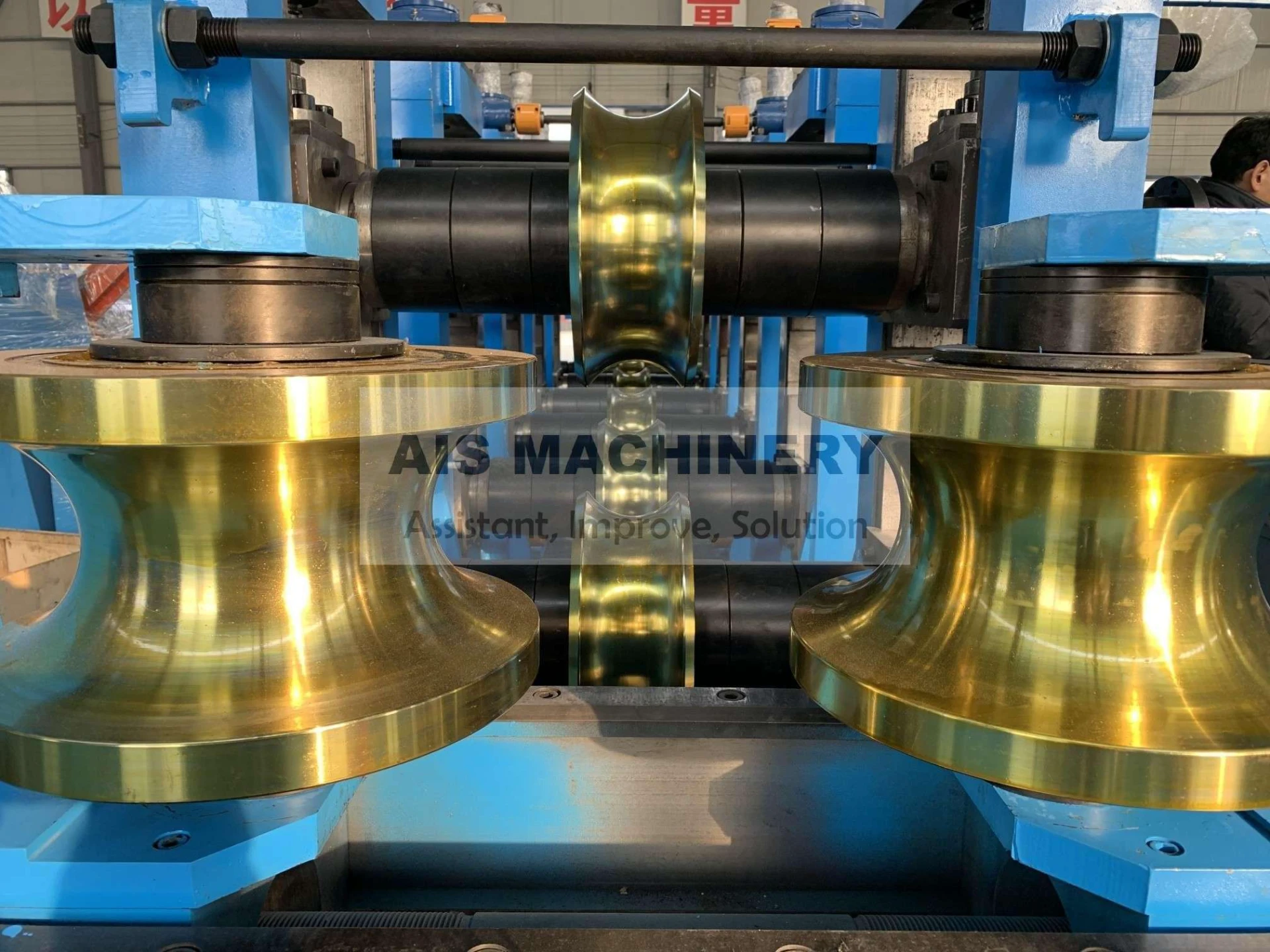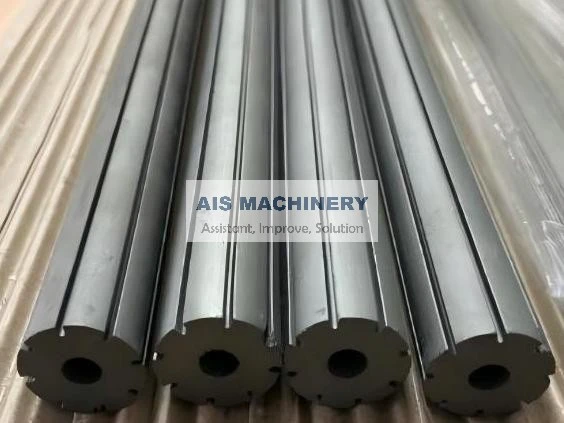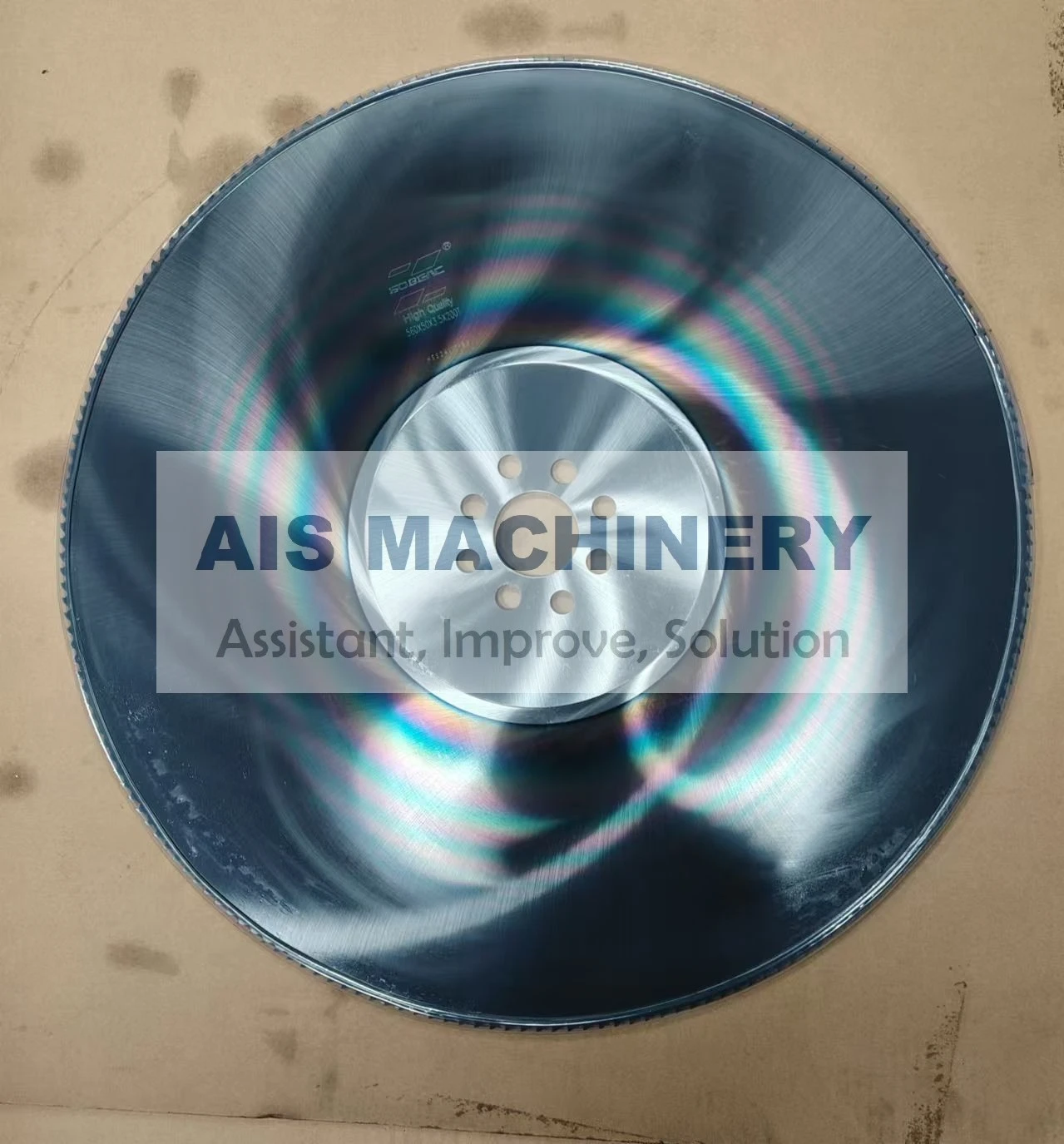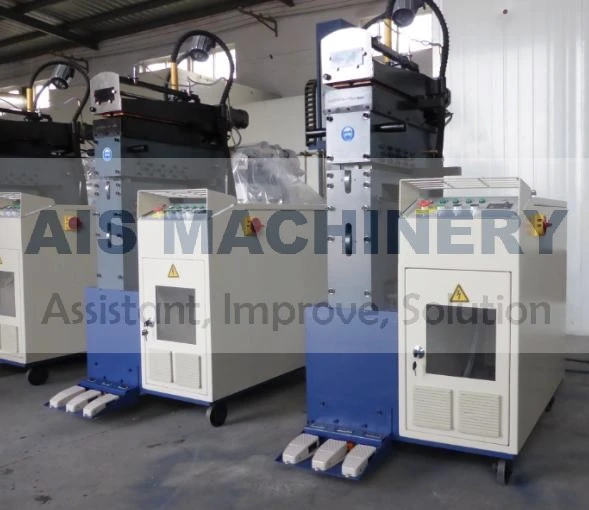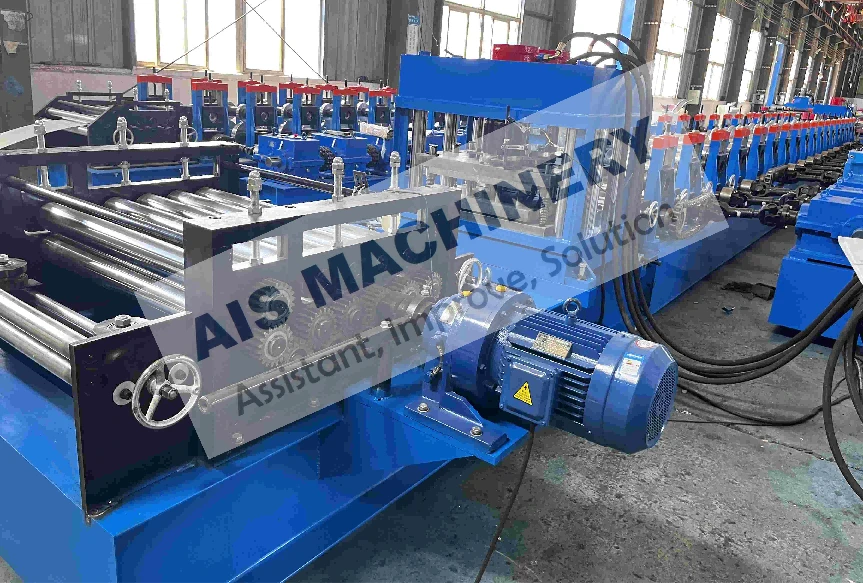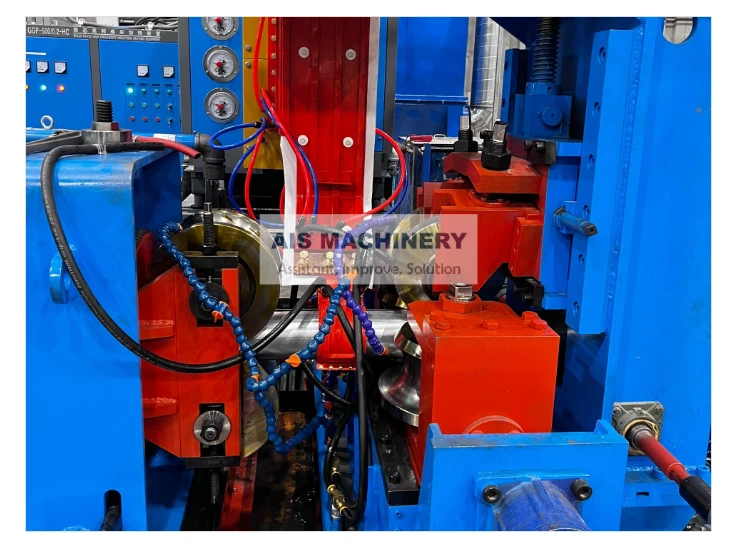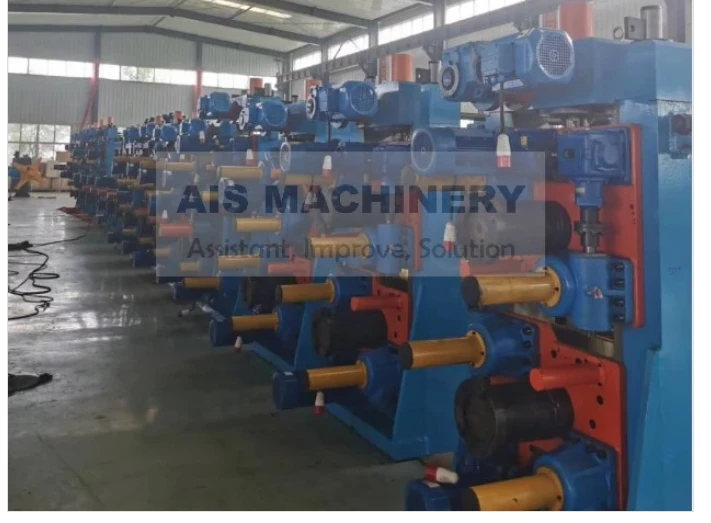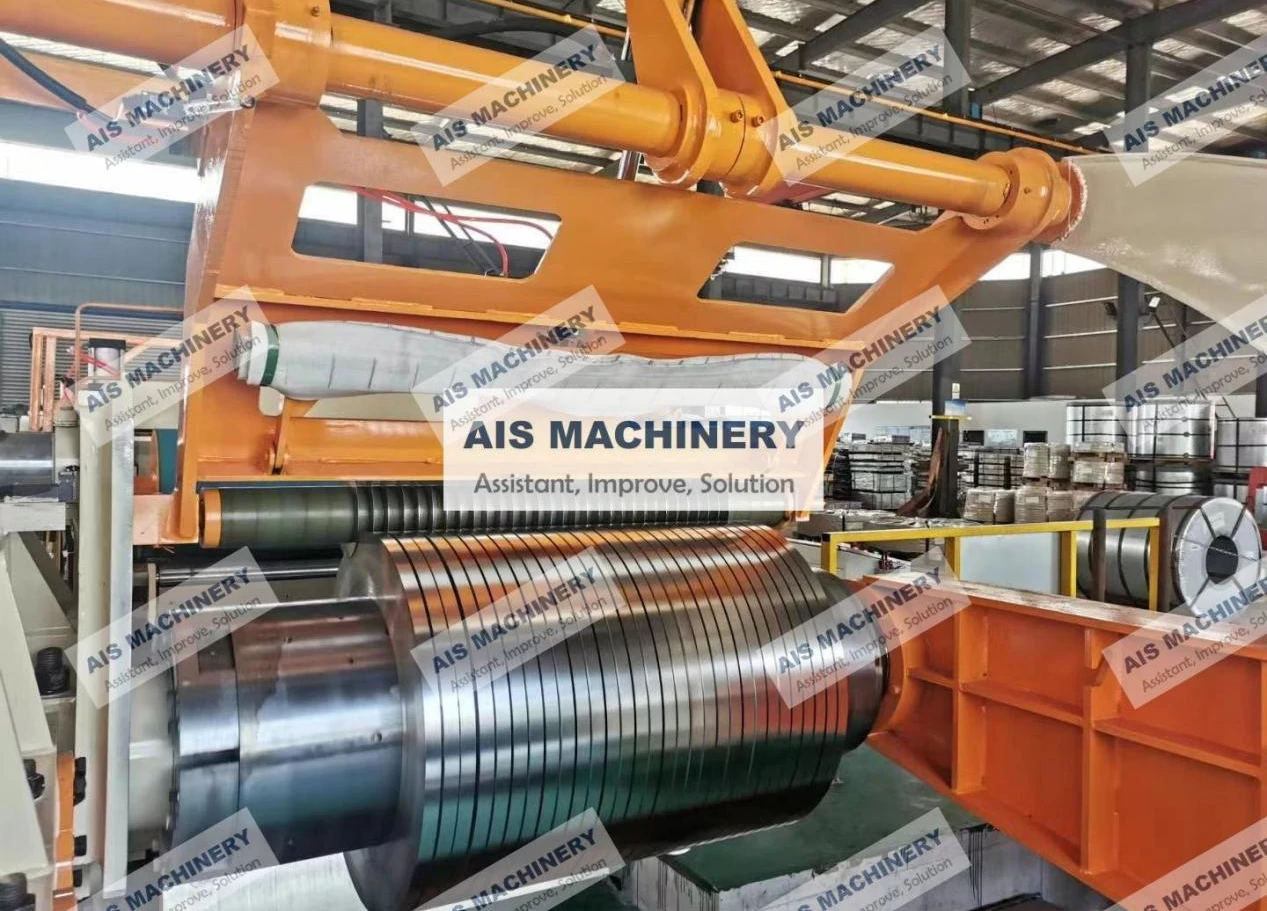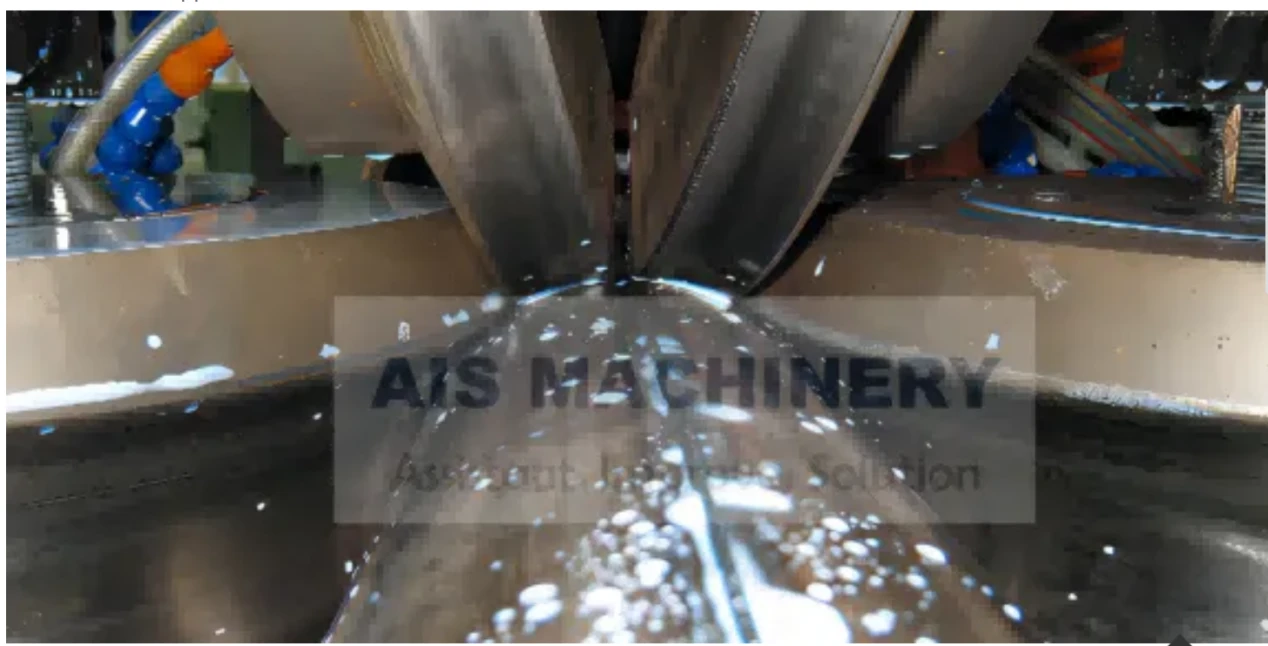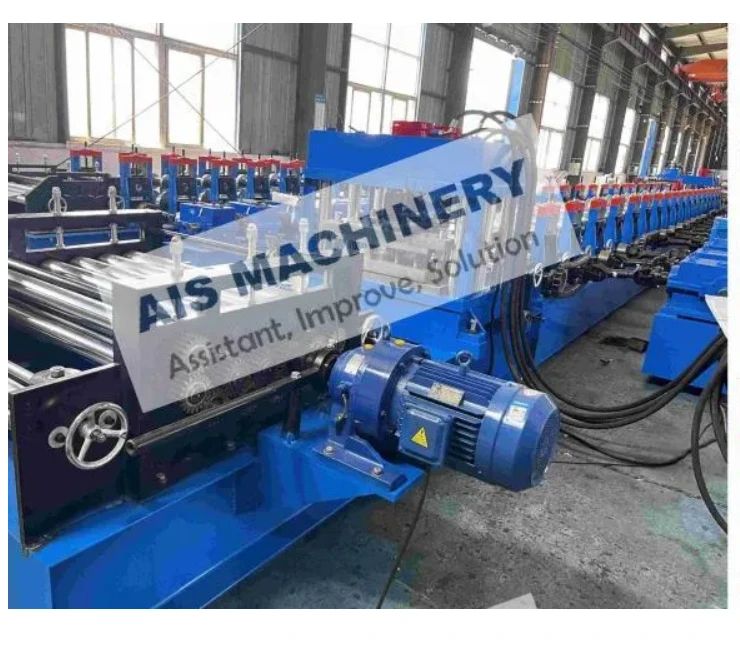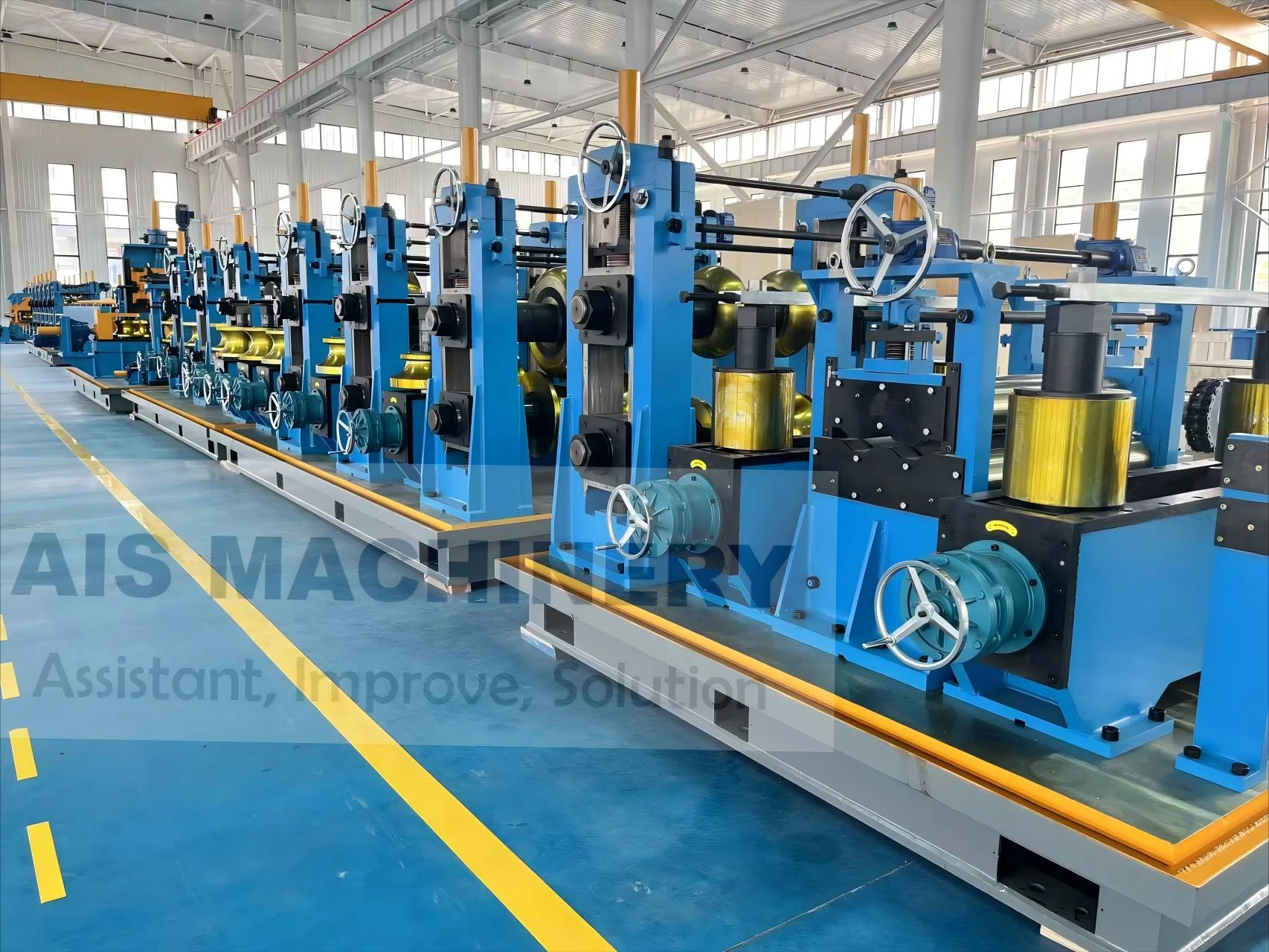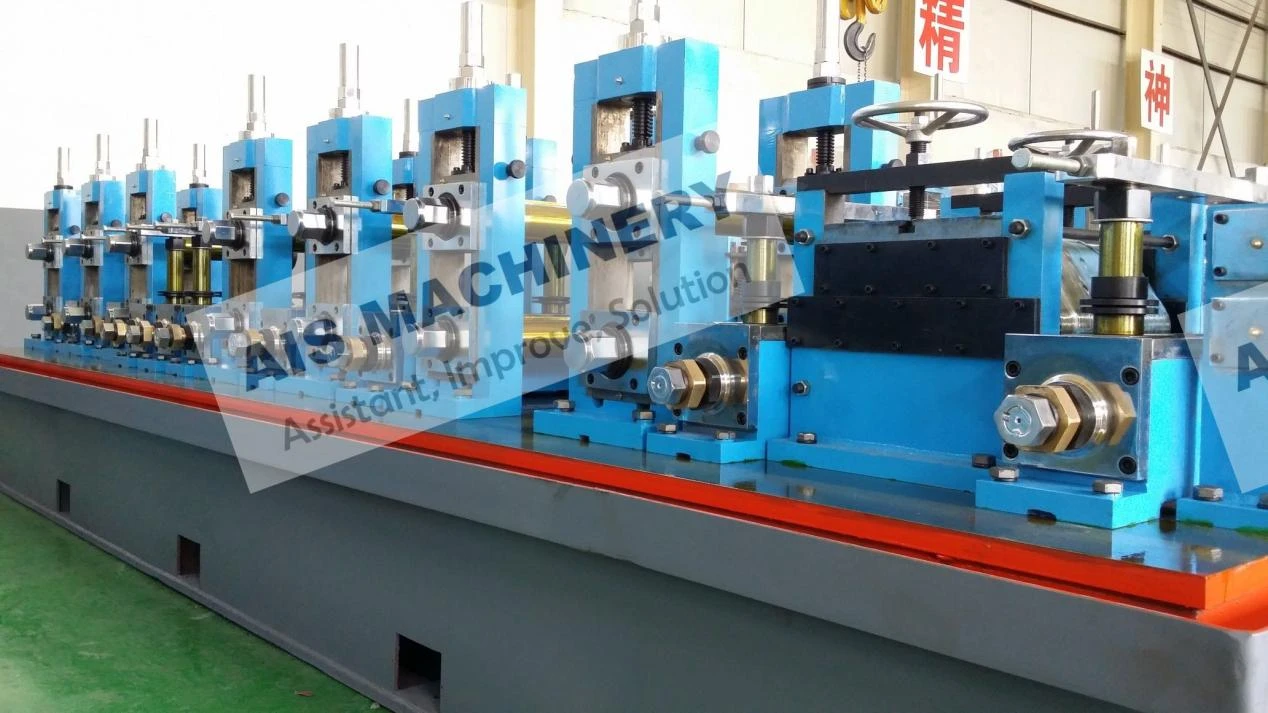-
 Tel:86-15176910262
Tel:86-15176910262
-

Search


High-Efficiency Horizontal Accumulator for Tube Mills
Aug . 06, 2025 10:20
In the relentless pursuit of efficiency and productivity within the steel processing and tube manufacturing industries, downtime is the ultimate adversary. Every second a production line stops for a coil changeover translates to lost revenue and decreased output. This is where the horizontal accumulator emerges as a critical technology. It acts as a buffer, storing a significant amount of steel strip to ensure the tube mill or forming line can run continuously, even during the raw material transition. This guide provides an in-depth exploration of the horizontal accumulator, its technology, applications, and why the Cage Loop Accumulator represents the pinnacle of this essential equipment.
Industry Trends: The Drive for Non-Stop Production
The global demand for high-quality steel tubes—used in everything from automotive manufacturing to construction and energy pipelines—is continually rising. Market analysis projects the global steel tube market to grow significantly, driven by infrastructure development and industrial expansion. This growth puts immense pressure on manufacturers to maximize uptime and throughput. Traditional stop-start operations are no longer competitive. The industry has decisively shifted towards continuous, automated production lines where efficiency is paramount. A modern tube mill accumulator is no longer a luxury but a foundational component for any high-volume producer.
Key trends influencing the adoption of advanced accumulators include:
- Higher Speeds: Modern tube mills operate at increasingly high speeds, demanding accumulators that can feed strip rapidly and reliably without causing tension fluctuations or strip damage.
- Thinner and High-Strength Materials: The use of advanced high-strength steels (AHSS) and thinner gauge materials requires sophisticated strip handling to prevent creasing, stretching, or breaking.
- Automation and Industry 4.0: Integration with plant-wide control systems for real-time monitoring, predictive maintenance, and automated speed synchronization is becoming standard.
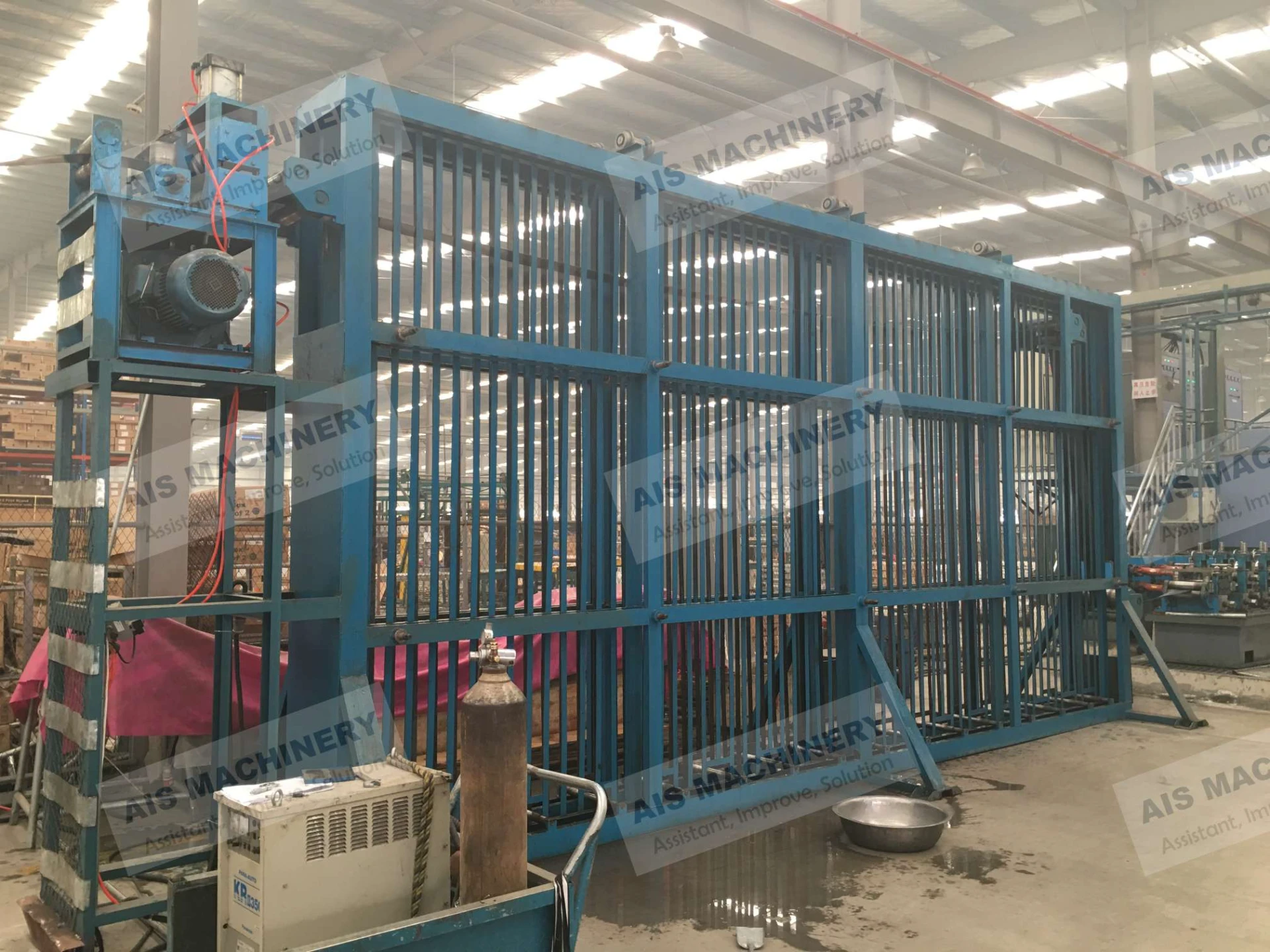
The Cage Loop horizontal accumulator seamlessly integrating into a high-speed tube mill production line.
Technical Deep Dive: Understanding the Horizontal Accumulator
A horizontal accumulator, also known as a strip accumulator, is a machine designed to store a continuous length of metal strip in a series of loops. Its primary function is to feed this stored strip into the processing line while the entry section is stopped for a new coil to be welded onto the end of the previous one. This allows the core of the production line—the forming, welding, and sizing sections—to operate without interruption.
While a vertical accumulator stores strip in a vertical tower, a horizontal accumulator arranges the loops horizontally, offering a lower-profile solution ideal for facilities with height restrictions. The cage loop design is an advanced type of horizontal accumulator that offers superior strip protection and control compared to older "flop-over" or "spiral" types.
General Technical Parameters of Horizontal Accumulators
The specifications of a horizontal accumulator are critical and must be matched to the production line's requirements. Below is a table outlining typical parameter ranges.
| Parameter | Typical Range | Significance |
|---|---|---|
| Strip Width | 50mm - 2000mm (2" - 78") | Defines the maximum width of the coil the accumulator can handle. |
| Strip Thickness | 0.5mm - 16mm (0.02" - 0.63") | Determines the structural requirements and power needed for strip handling. |
| Line Speed (Max) | 60 m/min - 400 m/min | The accumulator must be able to pay out strip faster than the mill's maximum operating speed. |
| Storage Capacity | 200m - 1500m | The total length of strip stored, which dictates the time available for a coil changeover. |
| Material Type | Carbon Steel, Stainless Steel, Aluminum, etc. | Influences the design of rollers and guiding systems to prevent surface damage. |
| Pay-off Tension Control | PLC-controlled AC Vector Drives | Crucial for preventing strip sag, stretching, or breakage, especially with sensitive materials. |
Product Spotlight: The Cage Loop Accumulator by AIS
The Cage Loop Accumulator from AIS represents a state-of-the-art solution, engineered to overcome the limitations of older designs. This specific type of horizontal accumulator is designed for superior performance, reliability, and strip protection, making it the preferred choice for demanding applications.
Key Technical Advantages
- Superior Strip Protection: Unlike older models where the strip might drag or scuff, the cage loop design ensures the strip is fully supported and guided on precision rollers throughout the storage process. This minimizes the risk of scratches, edge damage, and deformation, which is critical for high-value materials like stainless steel or surface-critical automotive grades.
- Precise Tension Control: Utilizing advanced AC vector drives and PLC-based control systems, the Cage Loop Accumulator maintains consistent, low-tension payout. This prevents necking (thinning) of the strip and ensures stable delivery to the mill, resulting in higher quality tubes and pipes.
- High-Speed Capability: The robust construction and dynamic control system allow for seamless operation with the fastest modern tube mills, ensuring the accumulator is never the bottleneck in the production process.
- Optimized Footprint: While horizontal in nature, the cage loop design is engineered to maximize storage capacity within a given floor space, offering a compact solution compared to less efficient horizontal designs.
- Low Maintenance: Featuring high-quality, sealed bearings, robust structural components, and intelligent diagnostics, the system is designed for maximum uptime with minimal maintenance interventions.
Manufacturing Excellence & Quality Assurance
Our commitment to quality is embedded in every stage of the manufacturing process. A top-tier horizontal accumulator is not just assembled; it is precision-engineered from superior materials and subjected to rigorous testing. Our process is ISO 9001:2015 certified, guaranteeing traceability and quality control from raw material to final commissioning.
Our Manufacturing Process at a Glance
1. Material Sourcing
High-strength structural steel (e.g., Q345B/ASTM A572 Gr. 50) and alloy steel for critical components. Full material traceability certificates (MTCs) are required.
2. Precision Machining
Key components like rollers and shafts are manufactured using advanced CNC machining centers to ensure tight tolerances (within 0.01mm) for perfect alignment and smooth operation.
3. Structural Fabrication
Frames are fabricated by certified welders following AWS D1.1 standards. Post-weld heat treatment (stress relieving) is applied to ensure long-term structural stability.
4. Surface Treatment
A three-layer marine-grade epoxy paint system is applied after sandblasting (Sa 2.5 standard) for exceptional corrosion resistance, ensuring a long service life even in harsh industrial environments.
5. Assembly & Testing
Final assembly followed by a comprehensive Factory Acceptance Test (FAT), including no-load run tests, sensor calibration, and PLC logic verification according to ANSI standards.
The result is a machine with an expected service life exceeding 20 years under standard operating conditions, suitable for the most demanding sectors, including petrochemical, automotive, metallurgy, and construction supply.
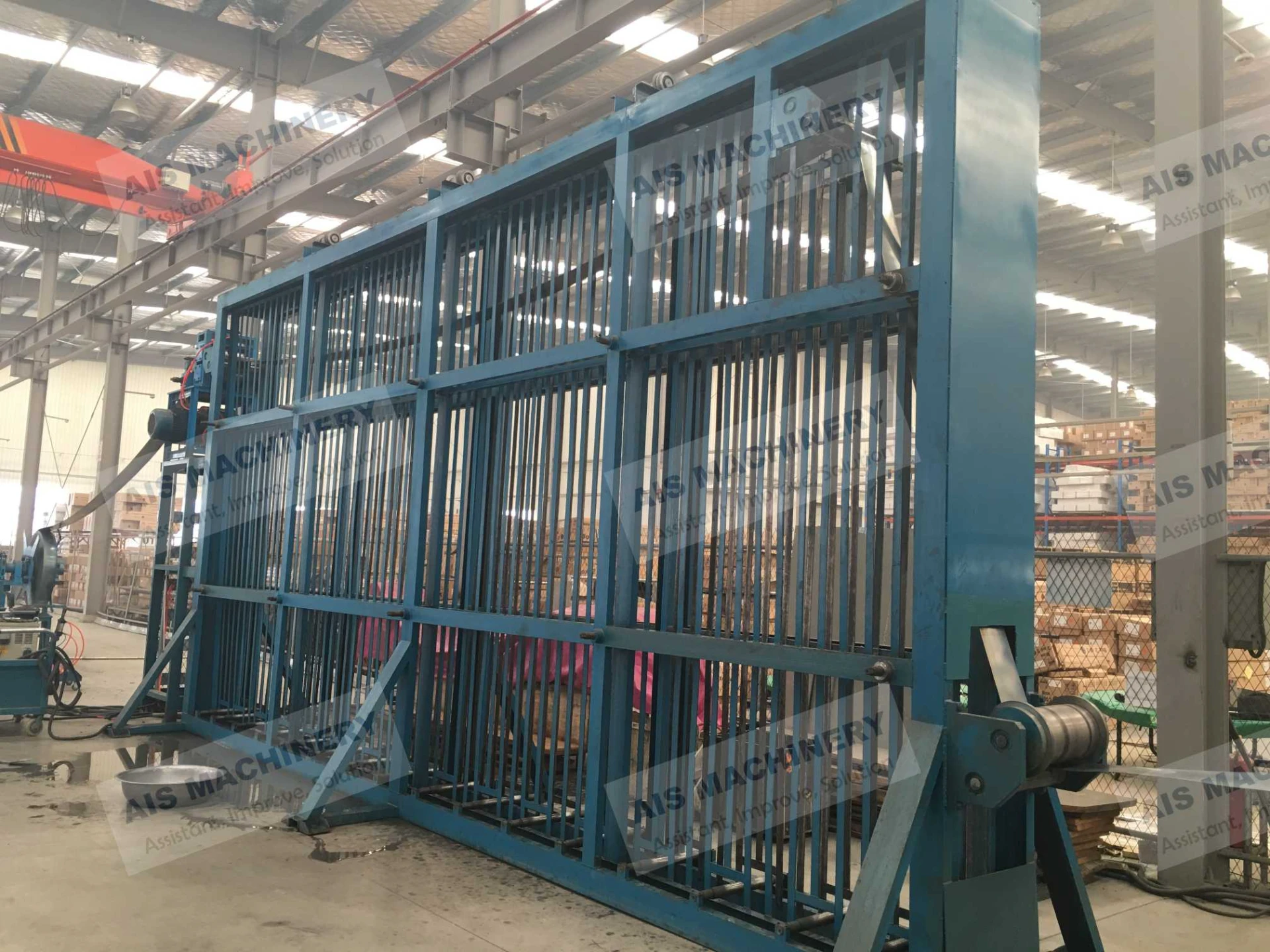
Precision-engineered rollers and cage structure of the horizontal accumulator ensure flawless strip handling.
Comparative Analysis: Horizontal vs. Vertical Accumulators
Choosing the right accumulator type is a critical decision. The Cage Loop horizontal accumulator offers distinct advantages over traditional vertical accumulator systems in many scenarios.
| Feature | Cage Loop Horizontal Accumulator | Typical Vertical Accumulator | Notes |
|---|---|---|---|
| Footprint & Installation | Requires more floor space but no significant height. No deep, costly foundation pit needed. | Small floor footprint but requires significant vertical clearance and often a deep, expensive pit. | Horizontal is ideal for buildings with ceiling height restrictions. |
| Strip Handling | Excellent. Strip is positively guided and supported. Minimal risk of twisting or scratching. | Good, but the long unsupported drop can lead to strip wander or twisting with thinner materials. | The cage loop design is superior for delicate or surface-critical strips. |
| Maintenance Accessibility | Excellent. All components are at or near ground level, allowing for easy inspection and maintenance. | Challenging. Accessing top-level sheaves and components requires specialized equipment or man-lifts. | Reduced maintenance time and improved safety with horizontal designs. |
| Max Speed Potential | Very High. Can be engineered for the fastest mills due to stable strip path and dynamic controls. | High, but can be limited by the inertia of the moving carriage and potential for strip instability. | The horizontal accumulator often achieves higher, more stable operating speeds. |
| Initial Investment | Moderate to High. The cost is in the structure and floor space. | Moderate to High. Savings on floor space are often offset by the high cost of civil works (foundation pit). | Total project cost is often comparable, but horizontal avoids major construction risks. |
Data-Driven Performance Insights
Visualizing performance data provides clear insights into the advantages of the Cage Loop Accumulator. Our engineering data and client feedback highlight key areas of superiority.
Cage Loop vs. Vertical: Key Metrics
Comparative analysis showing lower maintenance and footprint requirements of the Cage Loop model.
Material Composition by Weight
Breakdown showcasing the use of high-grade materials for durability and performance.
Productivity Impact: Post-Installation Uptime
Demonstrates a typical 15-20% increase in production line uptime within 6 months of installation.
Customized Solutions & Application Case Study
We understand that no two production lines are identical. Our core strength lies in providing tailored solutions. Our engineering team works closely with clients to analyze their specific requirements—line speed, material types, available space, and budget—to design a custom horizontal accumulator that integrates perfectly into their existing workflow.
Application Case Study: Metallurgy Plant Production Boost
- Client: A leading manufacturer of high-strength steel tubes for the automotive sector.
- Challenge: Their existing stop-start line suffered from frequent downtime during coil changes (8-10 minutes per change), leading to production bottlenecks and inconsistent output quality. They were unable to meet the growing demand from their Tier 1 automotive clients.
- Solution: We designed and installed a custom horizontal accumulator with a 600-meter storage capacity and advanced tension control, synchronized with their high-speed ERW tube mill.
- Results (after 6 months):
- Continuous Operation: The line now runs continuously, eliminating downtime from coil changes.
- Production Increase: Overall plant throughput increased by 18%.
- Scrap Reduction: Scrap generated during line stops and starts was reduced by over 90%.
- Improved Quality: Consistent tension control led to more uniform wall thickness and better weld quality, reducing rejection rates.
- Client Feedback: "The AIS horizontal accumulator was a game-changer. It transformed our production capability and was the single best investment we've made in enhancing our line's efficiency."
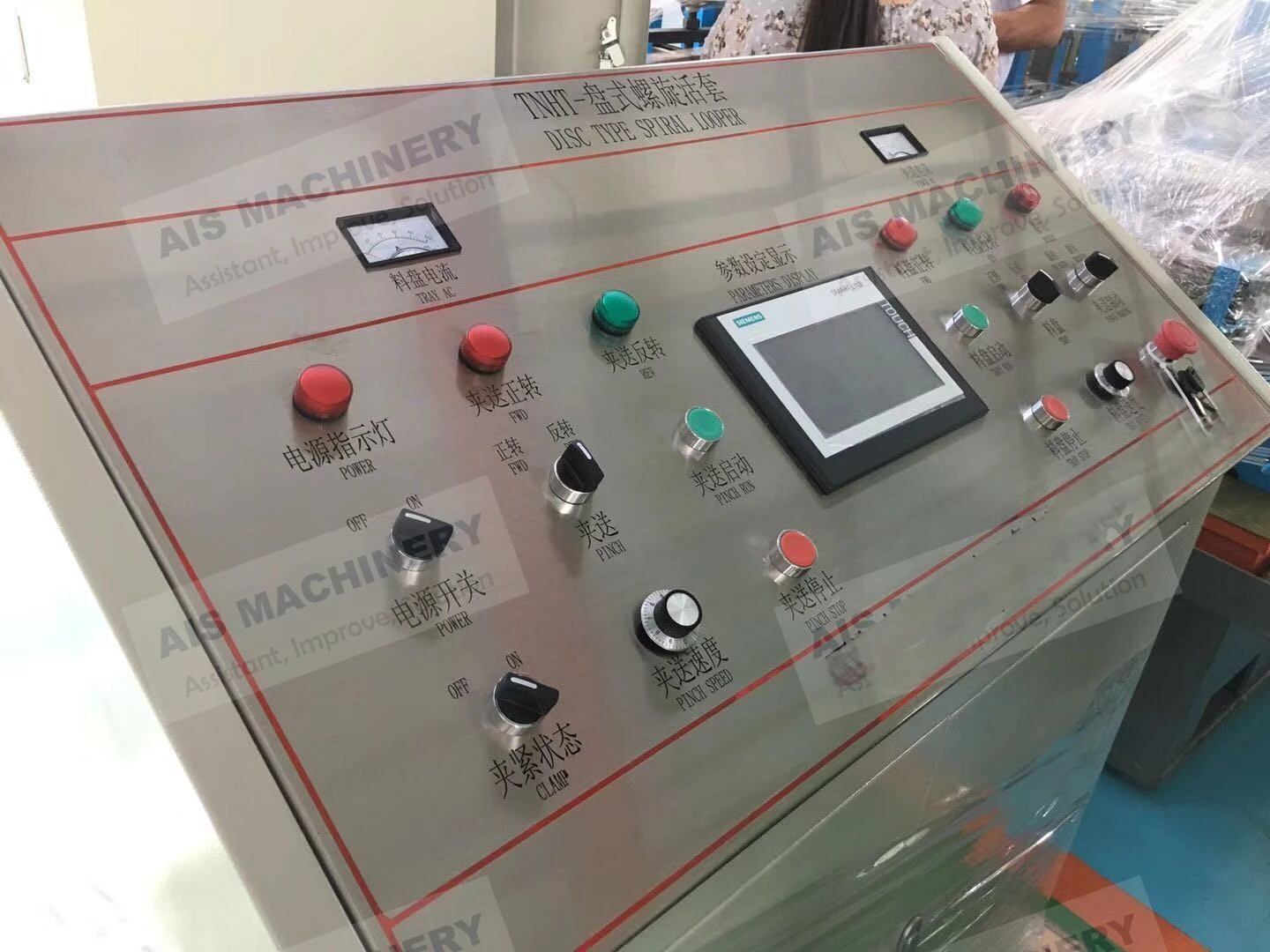
A custom-built strip accumulator undergoing final quality checks at our facility.
Trust & Transparency: Your Partner in Production
Choosing a capital equipment supplier is a significant decision. We build trust through transparency, expertise, and unwavering support.
Our Commitment to You (EEAT):
- Expertise: Our team comprises engineers with decades of combined experience specifically in tube mill and strip processing technology. We don't just sell machines; we provide comprehensive engineering solutions.
- Experience: With hundreds of installations worldwide, our accumulators are proven in the field across diverse industries and applications. Our case studies reflect real-world success.
- Authoritativeness: We are an ISO 9001 certified company, and our equipment is built to meet or exceed international standards like CE, ANSI, and AWS. We are a trusted partner to leading steel producers globally.
- Trustworthiness: We believe in clear communication and robust support.
- Delivery Cycle: Typically 16-24 weeks from final design approval, depending on customization. A detailed project timeline is provided upon order.
- Warranty: A comprehensive 24-month warranty on all mechanical parts and a 12-month warranty on electrical components, covering defects in materials and workmanship.
- Customer Support: 24/7 remote diagnostic support and a global network of technicians available for on-site assistance, ensuring your operations are always protected.
Frequently Asked Questions (FAQ)
The main frame and structural elements of our horizontal accumulator are constructed from high-tensile structural steel, typically ASTM A572 Grade 50 or equivalent (e.g., Q345B). This provides excellent rigidity and durability. All materials come with Mill Test Certificates (MTCs) for complete traceability, a key requirement under ISO 9001 standards.
Tension control is the heart of the system. We use a closed-loop system managed by a Siemens or Allen-Bradley PLC. AC vector drives control the motors on the pinch rolls and the main drive. Load cells or dancer arms provide real-time feedback on strip tension, which the PLC uses to make micro-adjustments to motor speed and torque. This ensures the payout tension is perfectly stable, regardless of the amount of strip in storage or the line speed.
Storage capacity is highly customizable. While typical systems range from 200 to 1500 meters, we have engineered larger systems based on client needs. The capacity is a function of the time required for a coil change and the maximum line speed. We perform a detailed analysis of your operation to recommend the optimal storage capacity for 100% continuous production.
Yes. Each strip accumulator is designed for a specific range of widths and thicknesses. The guiding system is typically adjustable to accommodate different widths within its design range. When you request a quote, we ask for the full range of materials you process to ensure the machine is engineered with the appropriate structural strength and roller configuration to handle everything from your thinnest to thickest, and narrowest to widest, products.
One of the key benefits of a horizontal accumulator is the simplified installation compared to a vertical one. It requires a solid, level concrete floor capable of supporting the machine's weight. No deep, excavated pit is needed. We provide detailed foundation loading drawings for your civil engineering team. Our service package includes options for full installation supervision and commissioning by our expert technicians.
The cage loop architecture is fundamentally designed for strip protection. The strip rests on a series of closely spaced, free-turning rollers, meaning it never drags on a solid surface. The "cage" structure on the entry and exit provides positive lateral guiding, preventing edge damage and twisting. This is in stark contrast to older "flop loop" accumulators where the strip could slap against the floor or side guides, causing scuffs and marks.
Safety is paramount. Our systems are designed to meet or exceed global safety standards (e.g., CE/OSHA). Standard features include E-stop circuits, safety light curtains at entry/exit points, physical guarding around all moving parts, overload protection on all motors, and a PLC-based diagnostic system that flags any operational anomalies before they become critical issues.
Conclusion and Further Reading
The horizontal accumulator, particularly the advanced cage loop variant, is an indispensable asset for any modern tube mill or strip processing line aiming for maximum efficiency and quality. By eliminating downtime associated with coil changes, it provides a direct and substantial return on investment through increased throughput and reduced scrap. Its superior strip handling, robust engineering, and adaptability make it a strategic investment in the future of your manufacturing operations.
For further technical reading and industry discussions on continuous strip processing, we recommend the following resources:
- "Choosing the right strip accumulator for the job" - An insightful article from The Fabricator, a leading industry publication. Read More.
- "Analysis and Simulation of Strip Tension Control for a Looper" - A research paper on IEEE Xplore detailing the complexities of tension control systems. View Abstract.
Related Products
Related News
Send a Message
Dear customer, thank you for your attention! We provide high-quality machinery and equipment and look forward to your orders. Please inform us of your needs and we will respond quickly!

